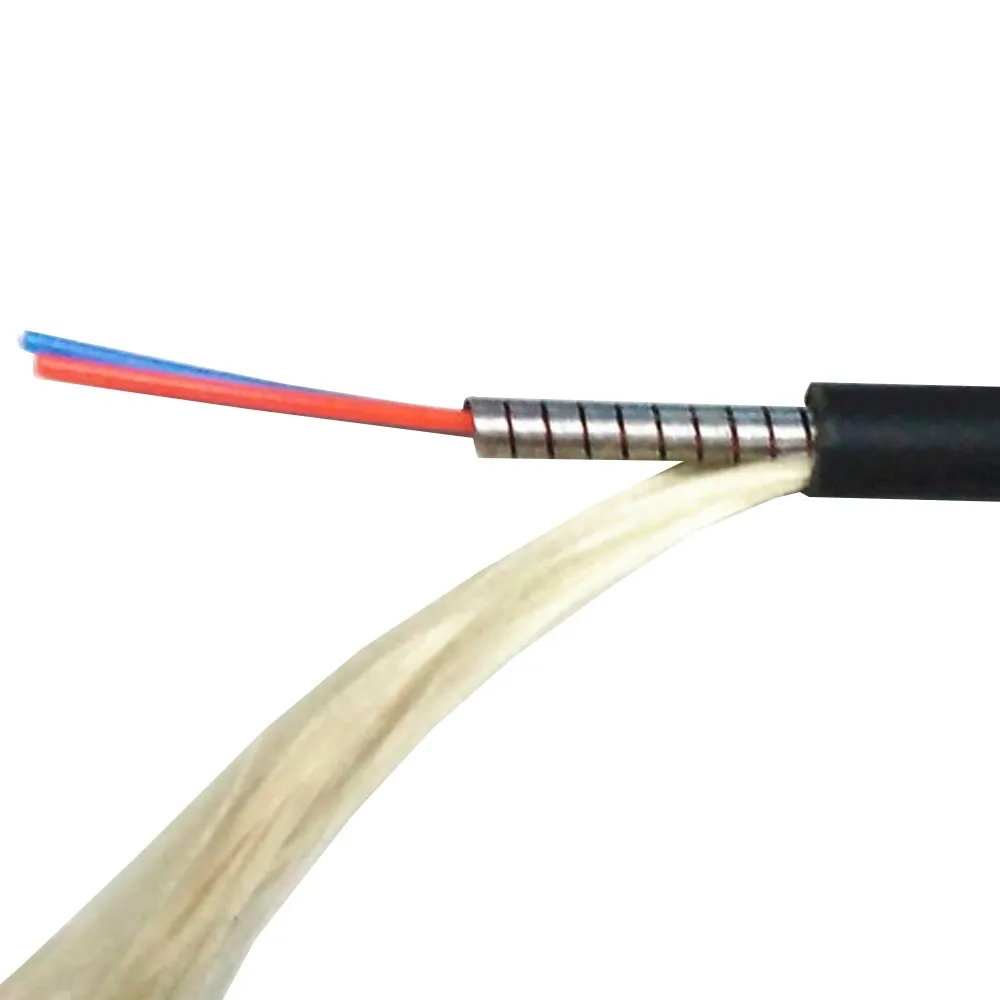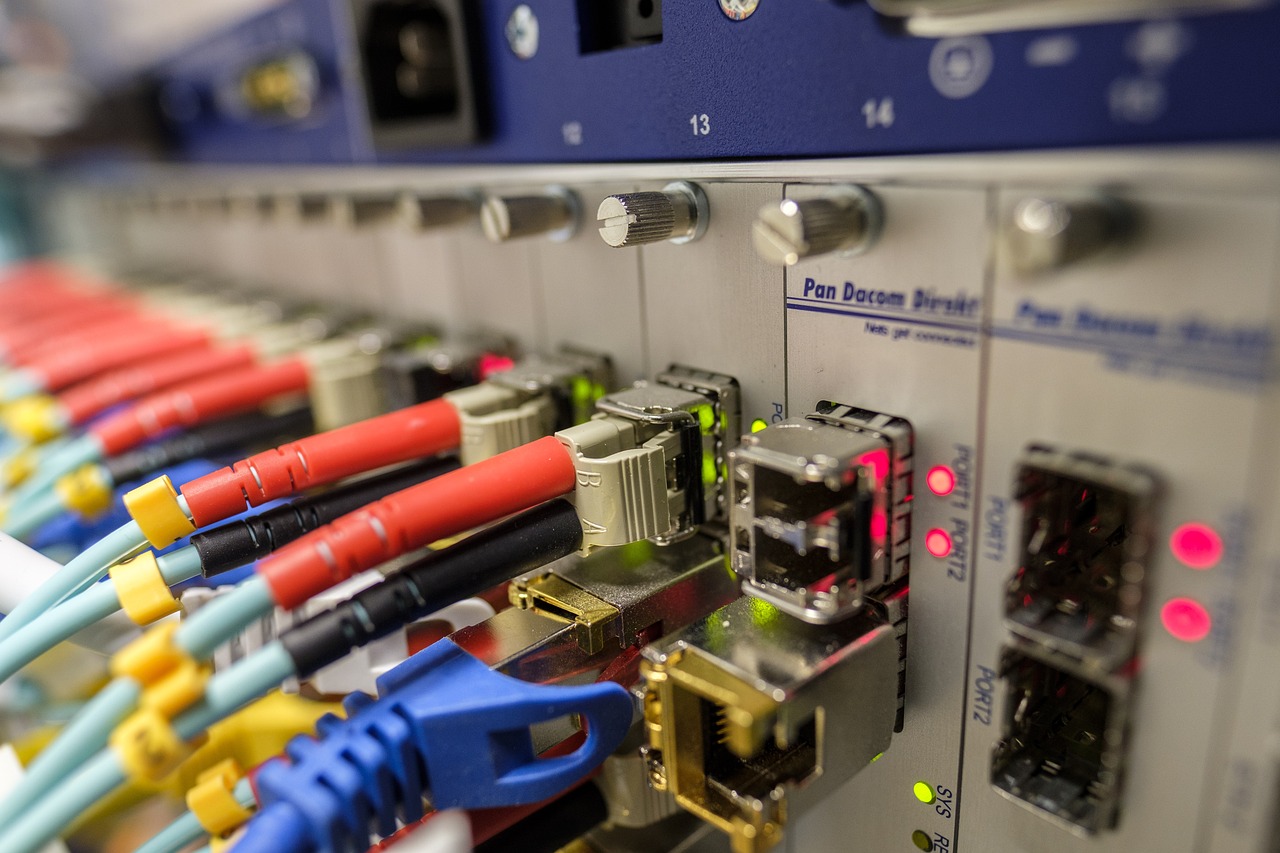The Essential Guide to 12 Core Armored Outdoor Fiber Optical Cables

Why Understanding Fiber Optical Cables Matters
Understanding fiber optical cables is crucial in today's interconnected world. Fiber optical technology forms the backbone of modern communication systems, enabling the transmission of data over long distances with unparalleled speed and reliability.
The Basics of Fiber Optical Technology
What Makes Fiber Optical Different?
Unlike traditional copper cables, fiber optical cables use light to transmit data. This unique method allows for significantly faster data transfer rates and immunity to electromagnetic interference, making them ideal for high-bandwidth applications.
The Role of Fiber Optical in Today's World
The widespread adoption of fiber optical technology has revolutionized various industries, including telecommunications, internet infrastructure, and networking. It has paved the way for advancements in cloud computing, high-definition video streaming, and real-time data analytics.
The Importance of 12 Core Cables
Why More Cores Matter
When it comes to fiber optical cables, the number of cores plays a crucial role in determining their capabilities. A higher core count, such as the 12 core configuration, allows for increased data throughput and improved scalability for future expansion.
Applications of 12 Core Fiber Optical Cables
12 Core fiber optical cables are well-suited for demanding outdoor environments where robustness and high performance are essential. They find applications in long-distance communication links, network backbones, and industrial installations requiring reliable connectivity.
Zooming In: The Power of Singlemode 12 Core Cables
Understanding Singlemode Fiber Optical Cables
The Science Behind Singlemode Transmission
Singlemode fiber optical cables utilize a single mode of light to transmit data, resulting in minimal signal dispersion and allowing for high-speed, long-distance communication. This is achieved through the use of a small core size, typically around 9 microns, which enables the transmission of a single mode of light.
Comparing Singlemode to Multimode
In contrast to multimode cables, which support multiple modes of light propagation, singlemode cables offer significantly higher bandwidth and longer transmission distances. This makes them ideal for outdoor installations where data needs to travel over extended distances without loss or degradation.
Why 12 Core Singlemode Cables Excel Outdoors
Enhanced Performance for Long Distances
Singlemode 12 Core cables excel in outdoor settings due to their ability to maintain signal integrity over vast distances. The combination of singlemode technology with a 12 core configuration ensures that data can be transmitted reliably across expansive outdoor networks without compromising speed or quality.
Optimal Use Cases for Singlemode 12 Core Cables
The robust nature and high-performance capabilities of singlemode 12 core cables make them well-suited for various outdoor applications. These include long-haul telecommunications infrastructure, inter-building connections, and underground fiber optic deployments where durability and consistent performance are paramount.
Making the Right Choice for Your Outdoor Projects
When it comes to outdoor projects requiring fiber optical cabling, careful consideration and evaluation of specific needs are essential. The environmental challenges and the need for future-proof installations are critical factors that must be taken into account.
Evaluating Your Needs for Outdoor Fiber Optical Cabling
Assessing Environmental Challenges
Selecting the right fiber optical cable for outdoor use necessitates a thorough assessment of environmental factors. Exposure to harsh weather conditions, UV radiation, moisture, and temperature variations can significantly impact cable performance and longevity. Therefore, opting for armored cables with robust protective layers becomes imperative to ensure durability in challenging outdoor settings.
Considering Future-Proofing Your Installation
Future-proofing outdoor fiber optic installations involves anticipating potential advancements in technology and infrastructure requirements. Opting for singlemode 12 core cables ensures that your installation is equipped to handle increasing bandwidth demands and evolving communication standards over time. This proactive approach minimizes the need for frequent upgrades or replacements, providing long-term cost savings and operational efficiency.
Tips for Selecting the Best 12 Core Armored Cable
Key Features to Look For
Durability: Prioritize cables with rugged armored protection designed to withstand external stressors such as impact, tension, and abrasion.
UV Resistance: Look for cables with UV-resistant outer sheaths to prevent degradation when exposed to direct sunlight.
Waterproofing: Ensure that the cables are equipped with waterproof layers or materials to safeguard against moisture infiltration.
Temperature Tolerance: Select cables capable of withstanding a wide range of temperatures without compromising performance.
Avoiding Common Pitfalls in Selection
Ignoring Environmental Factors: Neglecting to consider environmental challenges can lead to premature cable failure and costly maintenance.
Overlooking Future Requirements: Failing to anticipate future bandwidth needs may result in the need for frequent system upgrades or replacements.
Conclusion: The Future is Bright with Armored Fiber Optical Cables
Summarizing the Advantages of 12 Core Armored Singlemode Cables
As technology continues to advance, the demand for reliable and high-performance fiber optical solutions, particularly in outdoor environments, has never been greater. The utilization of armored fiber optical cables, especially the 12 core singlemode variant, offers a multitude of benefits that are essential for future-proofing outdoor connectivity.
A Recap of Key Points
The integration of armored protection ensures that fiber optical cables are shielded from environmental hazards such as moisture, UV radiation, and physical damage. This robust design enhances their longevity and reliability in challenging outdoor settings. Additionally, the inclusion of 12 cores facilitates increased data throughput and scalability, catering to the growing demands for high-bandwidth applications.
The Impact on Future Outdoor Projects
The adoption of 12 core armored singlemode cables sets a new standard for outdoor connectivity by providing unparalleled durability and performance. These cables not only meet current requirements but also anticipate future needs, making them a sustainable investment for long-term outdoor projects. Their ability to withstand harsh conditions while delivering high-speed data transmission positions them as the cornerstone of next-generation outdoor communication networks.
A Call to Action: Embrace the Future of Connectivity
In embracing the future of connectivity, it is imperative to make informed decisions when addressing outdoor fiber optical needs. By prioritizing the deployment of armored, singlemode, and 12 core cables, organizations can ensure seamless connectivity in even the most demanding outdoor environments.
Making Informed Decisions for Outdoor Fiber Optical Needs
When selecting fiber optic solutions for outdoor projects, careful consideration should be given to factors such as environmental resilience, scalability, and long-term performance. Opting for armored, singlemode, and 12 core configurations empowers organizations to build robust infrastructure capable of meeting evolving connectivity demands.
The Role of Education in Advancing Fiber Optical Technologies
Education plays a pivotal role in advancing fiber optical technologies. By staying informed about the latest developments in fiber optics and understanding the benefits of advanced cable configurations like 12 core armored singlemode, industry professionals can drive innovation and elevate standards across diverse sectors.
See Also
Crucial Manual for Outdoor Fiber Optic Splicing Boxes with 12-48 Cores
Vital OM4 250um LSZH Fiber Optic Cable for Data Center Use
Top 4 Offers on Indoor Armored LC UPC to SC APC Fiber Patch Cables
Becoming Proficient in Fiber Optic Communication: Nylon Cable for FTTR
Choosing the Perfect Custom Duplex OM1 Multimode Fiber Patch Cable


